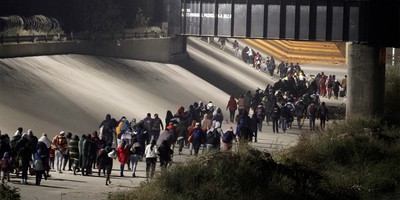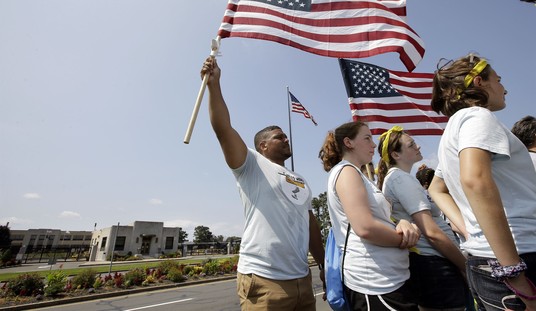Currently on display at Southwestern Baptist Theological Seminary's Dead Sea Scrolls & the Bible exhibit, the stone is known as the "Jeselsohn Stone" or "Gabriel Stone." During the seminary's Joan & Andy Horner Lecture Series, July 24, Matthias Henze discussed this unique piece in Southwestern's exhibition.
"In his early work, professor Knohl made what turned out to be somewhat exaggerated claims about the content of the inscription," said Henze, the Watt J. & Lilly G. Jackson Chair in Biblical Studies and professor of religious studies at Rice University. "Among these was his hypothesis that the Gabriel Revelation speaks of a messiah who dies a violent death and rises again on the third day.
"Since this Hebrew text pre-dates Christianity, Knohl went on to argue that … the idea of a dying messiah who rose from the dead on the third day was not new to Christianity, but was an idea early Christians borrowed from Judaism."
According to Henze, the stone does not mention the death and resurrection of a messiah. Even Knohl now rejects this interpretation. However, the text does predict "the advent of the Davidic messiah."
Recommended
"The most striking feature of our text," Henze noted, "is how closely it is modeled after the texts of the Old Testament." The stone alludes particularly to eschatological passages in Daniel, Haggai, Zechariah, Isaiah and Jeremiah. "This strongly suggests that the Gabriel Revelation too is a text that is concerned with the end of time."
To learn more about The Dead Sea Scrolls & the Bible exhibition at Southwestern's campus in Fort Worth, Texas, visit seethescrolls.com.
Benjamin Hawkins is senior newswriter for Southwestern Baptist Theological Seminary in Fort Worth, Texas (www.swbts.edu/campusnews).
Copyright (c) 2012 Southern Baptist Convention, Baptist Press www.BPNews.net

























Join the conversation as a VIP Member